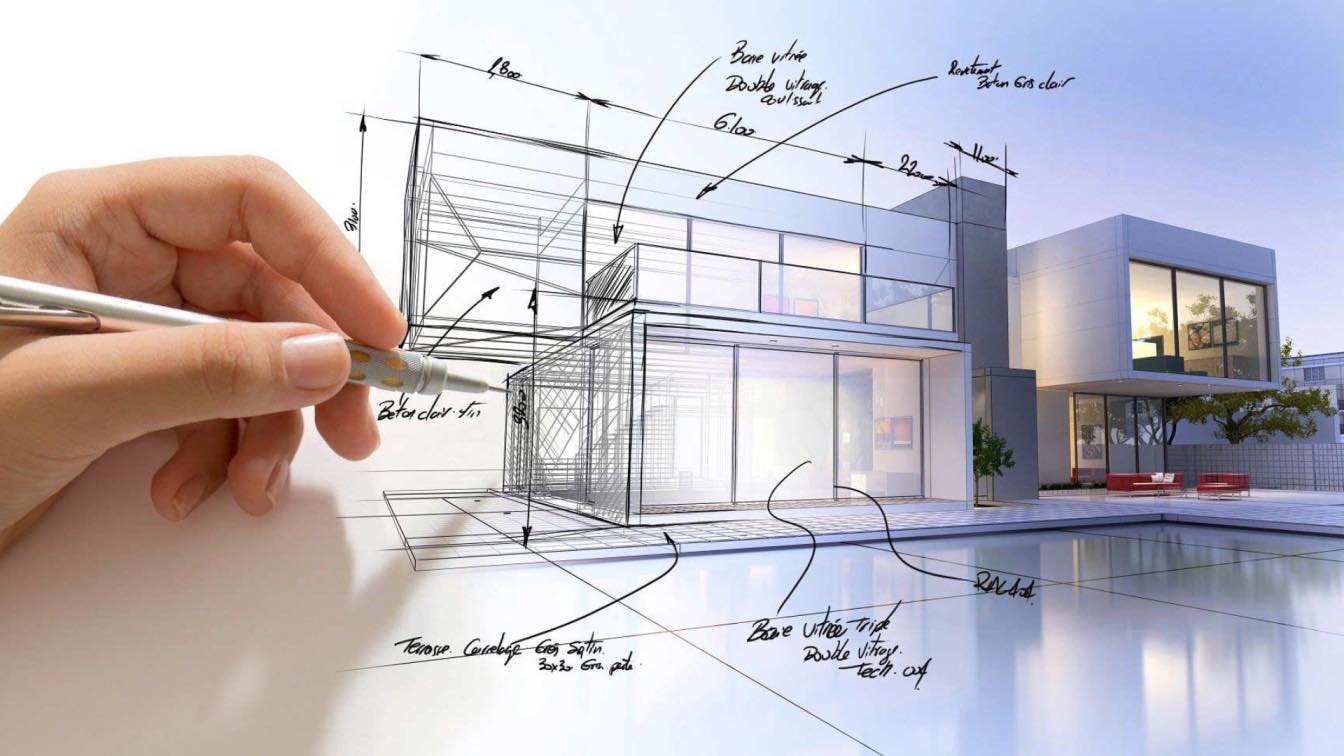If you’re building a home or considering a drastic remodel, then ceiling height might be on the table. The average ceiling height is 8 to 9 feet, which offers plenty of space for people to move around without feeling cramped. However, high ceilings (anything over 10 feet) are a sought-after home feature with a variety of advantages. But nothing is without drawbacks. Here, we explore the pros and cons of high ceilings in a home so that you can decide if you want them in your space.
The Pros
Spaciousness, room for storage, and better natural light are the main reasons people love high ceilings.
They Make Rooms Feel Spacious and Grand
High ceilings make rooms feel bigger and more luxurious. Even a small living room can feel expansive when you’ve got extra vertical space. This sense of grandeur can make your home feel more upscale and impressive to guests.
They Offer More Space for Vertical Storage
One of the most practical benefits of high ceilings is the extra storage potential. This vertical real estate is especially valuable in smaller homes since you have to make every square foot count. For instance, you can install floor-to-ceiling cabinets, which is one of the high-end cabinet trends you can’t go wrong with. Likewise, you could also add tall bookcases, plants, statues, and other decorations and furniture that might look awkward beneath a short ceiling.
They Allow for Better Natural Light Distribution
High ceilings allow for larger windows and better light distribution throughout your space. Light bounces around more effectively in taller spaces, creating a brighter, more open atmosphere that can improve your mood and reduce the need for artificial lighting during the day.
The Cons
High ceilings can be wonderful in many homes, but there are drawbacks to consider.
They Could Increase Heating and Cooling Costs
Hot air rises, which means the warmest parts of your home could be the parts you never experience if you have high ceilings. As a result, you might need to run your HVAC more often to feel its effects, which could eat into your energy bills.
Ceiling Maintenance Becomes Harder
Simple things like changing light bulbs, dusting ceiling fans, cleaning windows, and applying new paint become serious undertakings when you need to do them on a ladder. If your ceilings are high enough, you might even need to hire professional assistance to get these maintenance tasks done.
They Might Increase Echoes in Your Home
High ceilings can create echo problems. While you can choose stylish wall art that doubles as sound absorption, this won’t fully mitigate the sound reverberation. You might also need rugs, curtains, and acoustic panels to manage sound properly.
Making the Right Choice for Your Home
High ceilings aren’t automatically better or worse than standard heights in a home—they’re simply different, and they have pros and cons. Consider your lifestyle, budget, and priorities. If you love the dramatic look and don’t mind the extra costs, go for it. But if you prioritize energy efficiency and low maintenance, standard ceilings might be your best bet.





